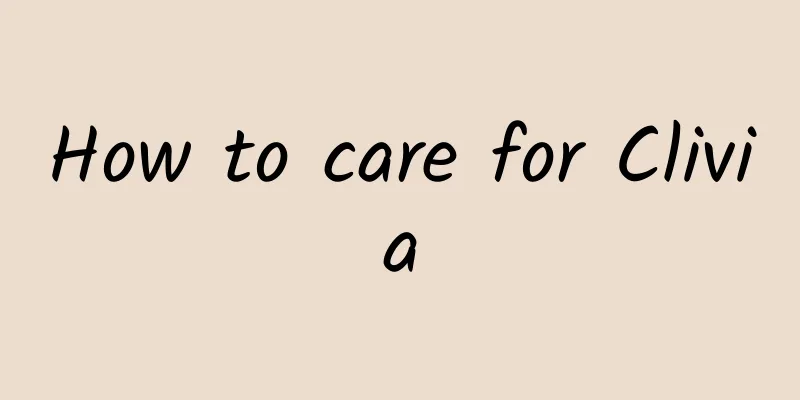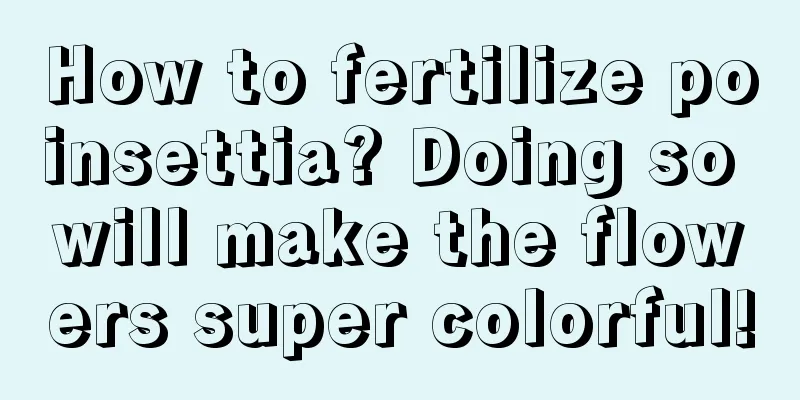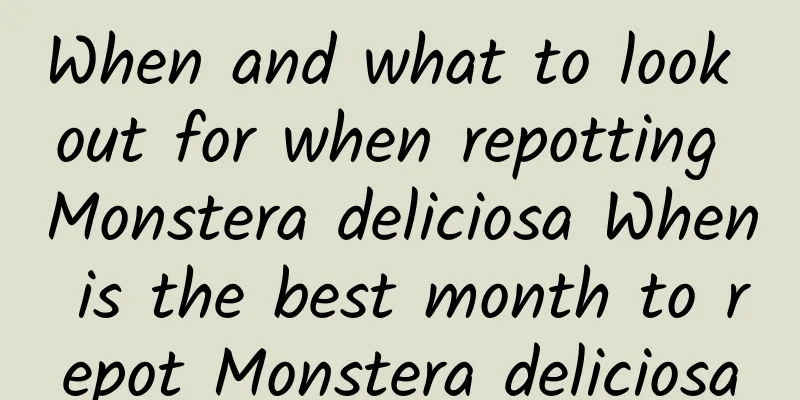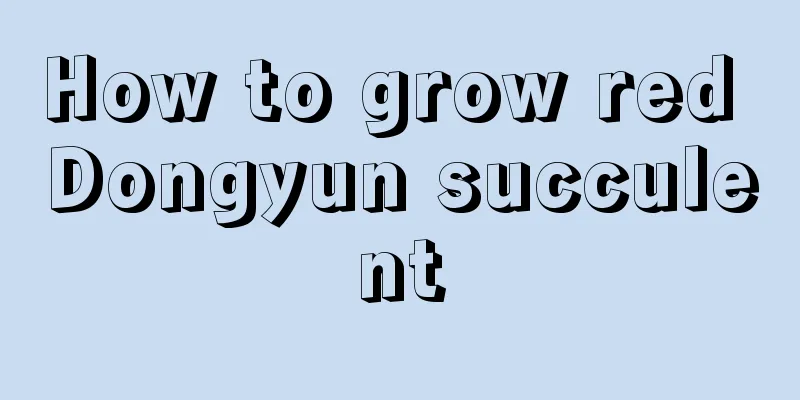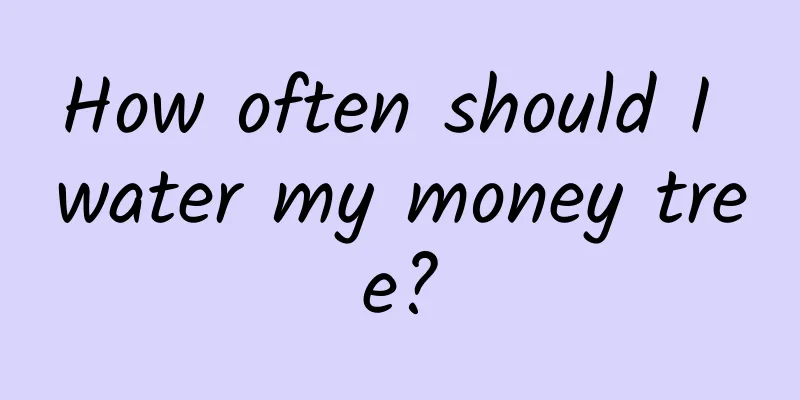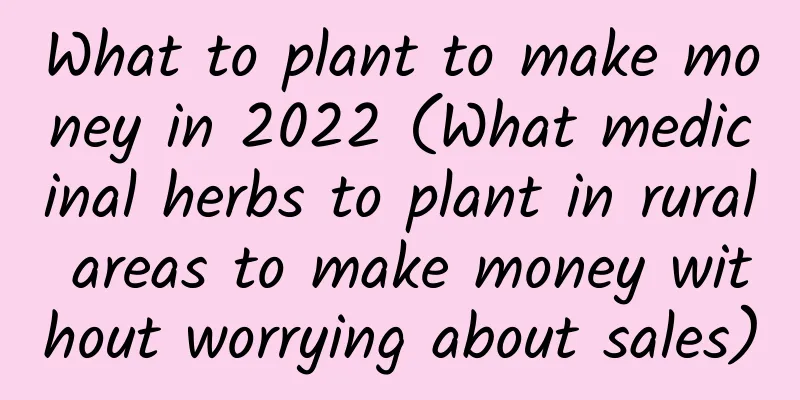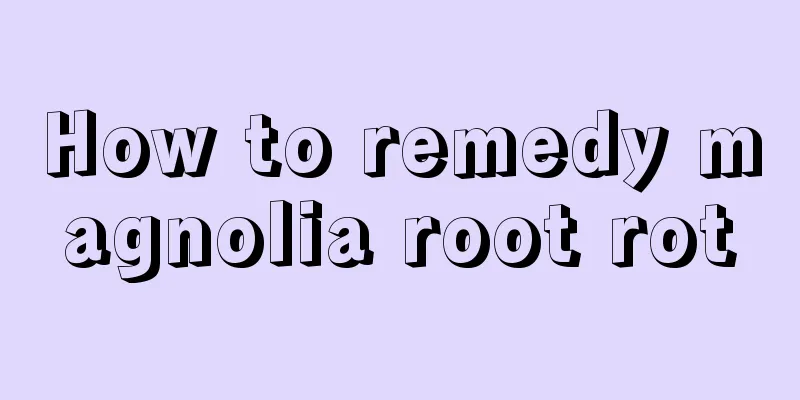When is the best time to transplant plum blossoms? What is the best season to transplant plum blossoms?
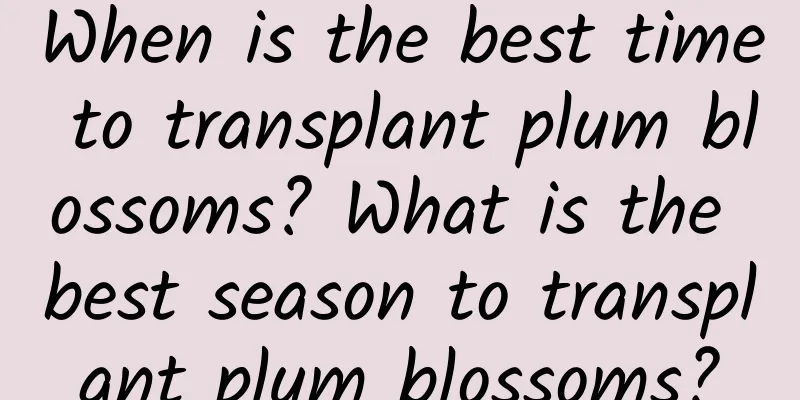
|
Before transplanting plum blossoms, you need to choose a clay pot or earthenware pot with strong permeability, and put a layer of crushed charcoal blocks or crushed hard plastic foam blocks on the bottom of the pot. The soil for the substrate needs to be fertile and lightly sticky soil. You can also mix old mountain mud, pond mud and the topsoil of the vegetable garden and use it as culture soil. When is the best time to transplant plum blossoms?The best season for plum blossom transplanting is usually in early spring, February to March . Because the climate and temperature at this time are more suitable for the growth of plum blossoms, the survival rate is relatively high. And pay attention to the action as light as possible when transplanting, so as to reduce the damage to the root system. How to transplant plum blossoms1. Soil preparation Usually when preparing soil for plum blossoms, pay attention to keeping the potting soil well-ventilated and water-permeable, and to ensure that the potting soil has sufficient nutrients. Generally, you can bury some base fertilizer in the pot when potting, or mix the base fertilizer with the soil when preparing the soil. 2. Transplantation During the transplanting process, pay attention to keeping the plum blossom root system intact, and try to ensure that the soil at the root is not broken up, because transplanting with soil can make it easier for the plum blossom to survive in the pot. Of course, if you encounter bad root systems such as injured roots or rotten roots, you should also properly trim the roots and disinfect them before potting. Management of plum blossom after transplanting1. Watering and fertilizing After potting, we also need to water the potted plants thoroughly in time to ensure that the soil in the pot has the moisture needed for the plants to resume growth. However, try not to water them directly during the seedling acclimatization period, and don't fertilize them, to avoid excessive water and fertilizer causing root rot. After all, the roots of the plants have not yet resumed growth during the seedling acclimatization period and cannot absorb a large amount of water and nutrients. 2. Placement After the plum blossoms are potted and watered thoroughly, be sure to place the potted plants in a cool and ventilated place to slow down the growth. During this period, not only should watering and fertilization not be allowed, but also the light should be properly controlled to prevent the plants from being dehydrated due to long-term exposure to the sun or direct sunlight, which would affect the survival of the plants. |
Recommend
How to trim the golden plate
Steps for trimming the golden plate The first ste...
Why does the cabbage only grow taller but not leaves? (How to deal with it only growing taller but not thicker)
Chinese cabbage has a crisp taste, is easy to dig...
Cultivation methods and precautions of Japanese begonia
1. Soil Japanese begonias need to be cultivated i...
Cultivation methods and precautions of Trichosanthes kirilowii
1. Maintenance methods 1. Soil: Trichosanthes kir...
How to grow succulents
1. Lighting Succulents prefer light. In summer, t...
Orchid hasn’t bloomed for 3 years? The orchid-growing master teaches you this trick, how to grow top-quality and high-priced orchids in one month!
Potting soil "To raise fish, you need to tak...
The efficacy and function of garlic, what are the benefits of eating raw garlic
1. Efficacy and Function 1. Antibacterial and ant...
How to plant grapes effectively? Simple grape cultivation techniques and methods
When planting grape vines, you must choose the ri...
What fertilizer is good for asparagus base fertilizer? Key points for base fertilizer application
Asparagus base fertilizer effect Applying suffici...
The bottom of the cactus is wrinkled and atrophied
1. Excessive watering Reason: Cactus is a succule...
When is the best time to plant coriander for good benefits (coriander cultivation method and time)
Coriander, also known as cilantro, is a cold-resi...
How to Plant Clover Seeds
Clover Seed Introduction Generally, clover seeds ...
What kind of water is best for growing lucky bamboo?
1. Water quality For plants grown in water, water...
The reason why the leaves below the big leaf green radish turn yellow
1. Insufficient watering Reason: The leaves below...
Diseases and control measures of Gardenia jasminoides
Gardenia jasminoides yellowing symptom The leaves...

